"Reclaiming" the Everglades
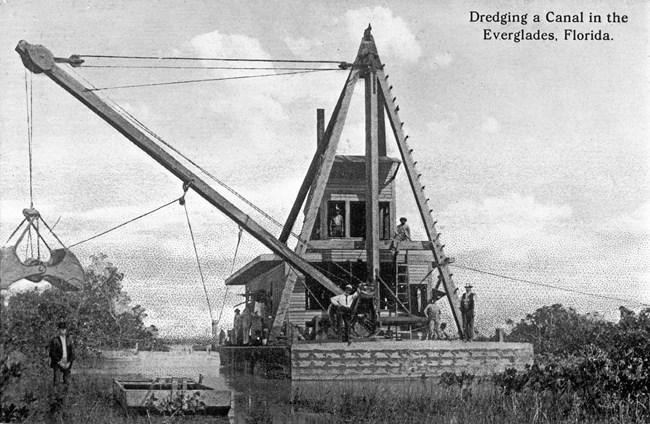
Florida Memory (N028658, public domain)
Drainage
During the late 1800s the Florida state legislature declared that the Everglades, long viewed as having no value, should be repurposed and turned into profitable farmland. Dredging of the land was the first step in reclaiming the Everglades. On July 4, 1906, Florida began work on the first dredging project in South Florida, the North New River Canal in Fort Lauderdale. Railroad and canal companies largely financed the drainage projects through a drainage tax of five cents per acre on land sold to them.
A dredger removed rock and sediment in order to construct canals. Pictured here is a bucket dredger in the 1910s.
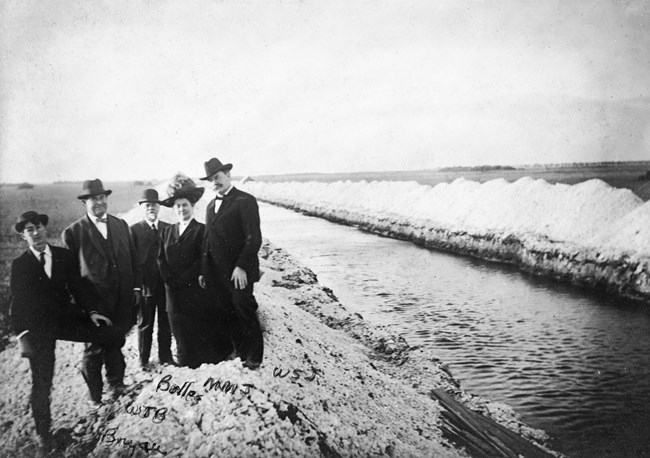
Florida Memory (N027123, public domain)
May Mann Jennings was a prominent woman who lobbied the state legislature to create a state park. As the wife of a former Florida governor, she had influence and the right connections in Tallahassee. This image, taken during a 1907 site tour, shows (from left to right) Sherman Bryan Jennings, William Jennings Bryan (a famous American orator), Richard Bolles, May Mann Jennings, and former governor William Sherman Jennings. Note Mrs. Jennings's plumed hat.
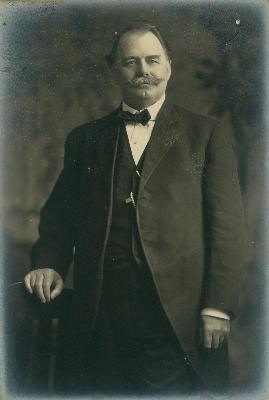
May Mann Jennings Papers, Special and Area Studies Collections, University of Florida (UF00091242)
Land Speculation
Reclamation and land speculation in the Everglades were two initiatives that went hand-in-hand. Once the land was drained, the real estate salesmen moved in. The biggest companies were H.M. Flagler’s Model Land Company, H.G. Ralston’s Everglades Land Sales Company, Richard Bolles’s Florida Fruit Lands Company, and the Tatum Brothers Company of Miami. Flagler owned 250,000 acres in what is now Everglades National Park and Bolles owned 22,400 acres northwest of what would later become Royal Palm State Park.
William Sherman Jennings (1860-1925), governor of Florida from 1901 to 1905 and husband of May Mann Jennings, was responsible for crafting the legislation which led to drainage projects throughout the state.
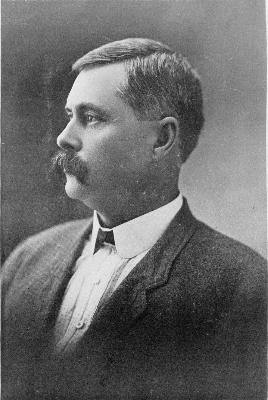
Library of Congress (LC-USZ62-117335)
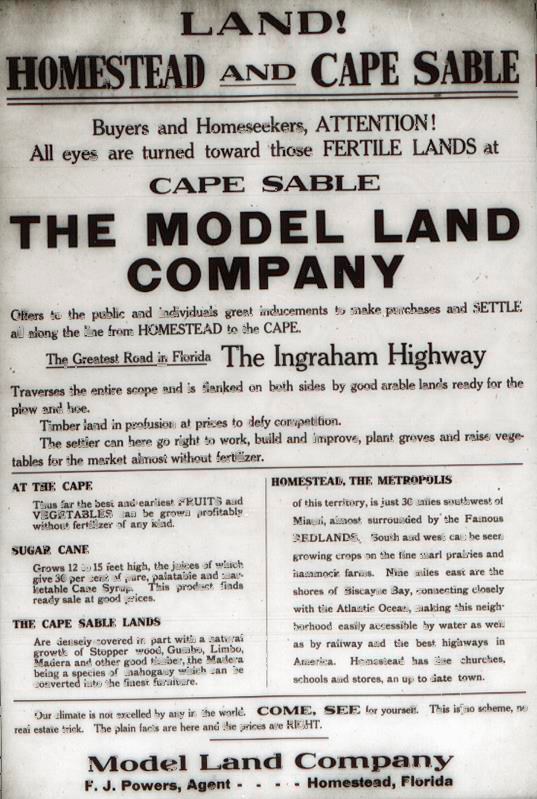
Everglades National Park archive (EVER 28401)
Farming
Real estate companies advertised the Everglades as the most fertile land in the entire world. Drawn by the "easy life" portrayed in these real estate ads, thousands of buyers began to move to South Florida from across the country. The vast majority left financially ruined and disappointed. Sugar cane, pineapples, and tomatoes were just a few of the products that were farmed in the drained areas of the Everglades and South Florida.
The Model Land Company was the real estate arm of Henry Morrison Flagler’s development company. This ad appeared in March 1916, six years prior to the completion of the Ingraham Highway to Flamingo on Florida Bay.
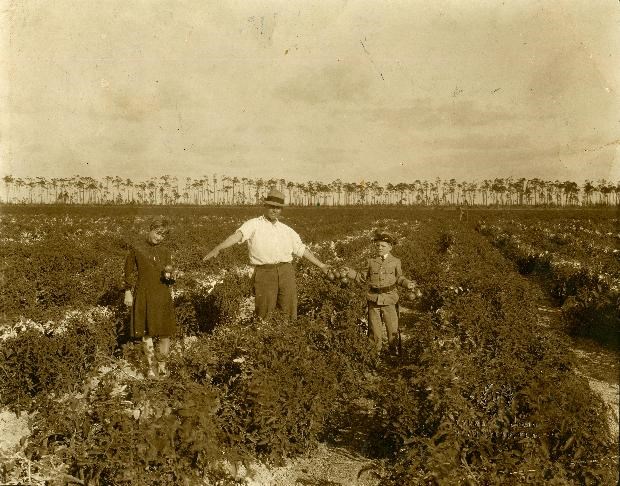
Historic Homestead Town Hall Museum
Farmers have grown tomatoes, one of the most common crops, in South Florida from the early 1900s to the present day. Pictured is William Harvey Cauley (1885-1934), his daughter Alliene, and son William Harvey Cauley, Jr., in a tomato field located in the Goulds area north of the park.
FROM IDEA TO PARK, WOMEN LED THE WAY
-
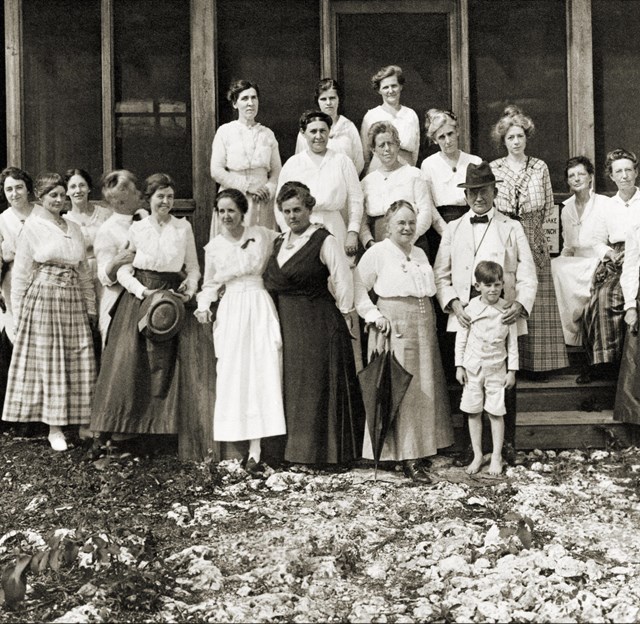 Royal Palm: The Seed for Everglades NP
Royal Palm: The Seed for Everglades NPFlorida women led the effort and owned Royal Palm State Park, created in 1916 and the nucleus for the eventual Everglades National Park.
-
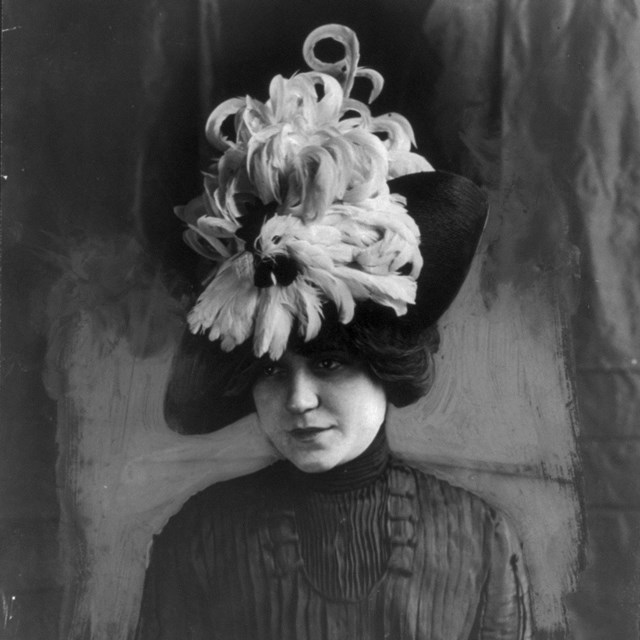 Save the Birds
Save the BirdsWomen of the late 1800s and early 1900s worked nationally and locally in many conservation and reform causes, like ending plume hunting.
-
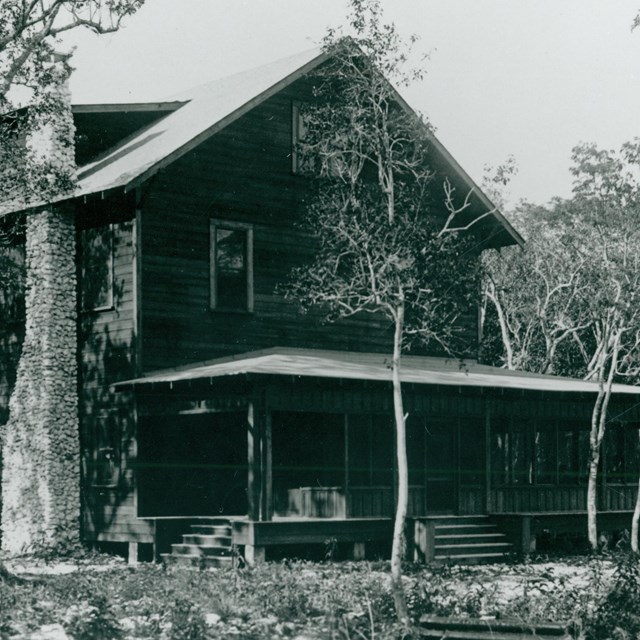 A Dream Come True
A Dream Come TrueThe dream of a state park came true in 1916 and included a park lodge.
Last updated: July 16, 2024
